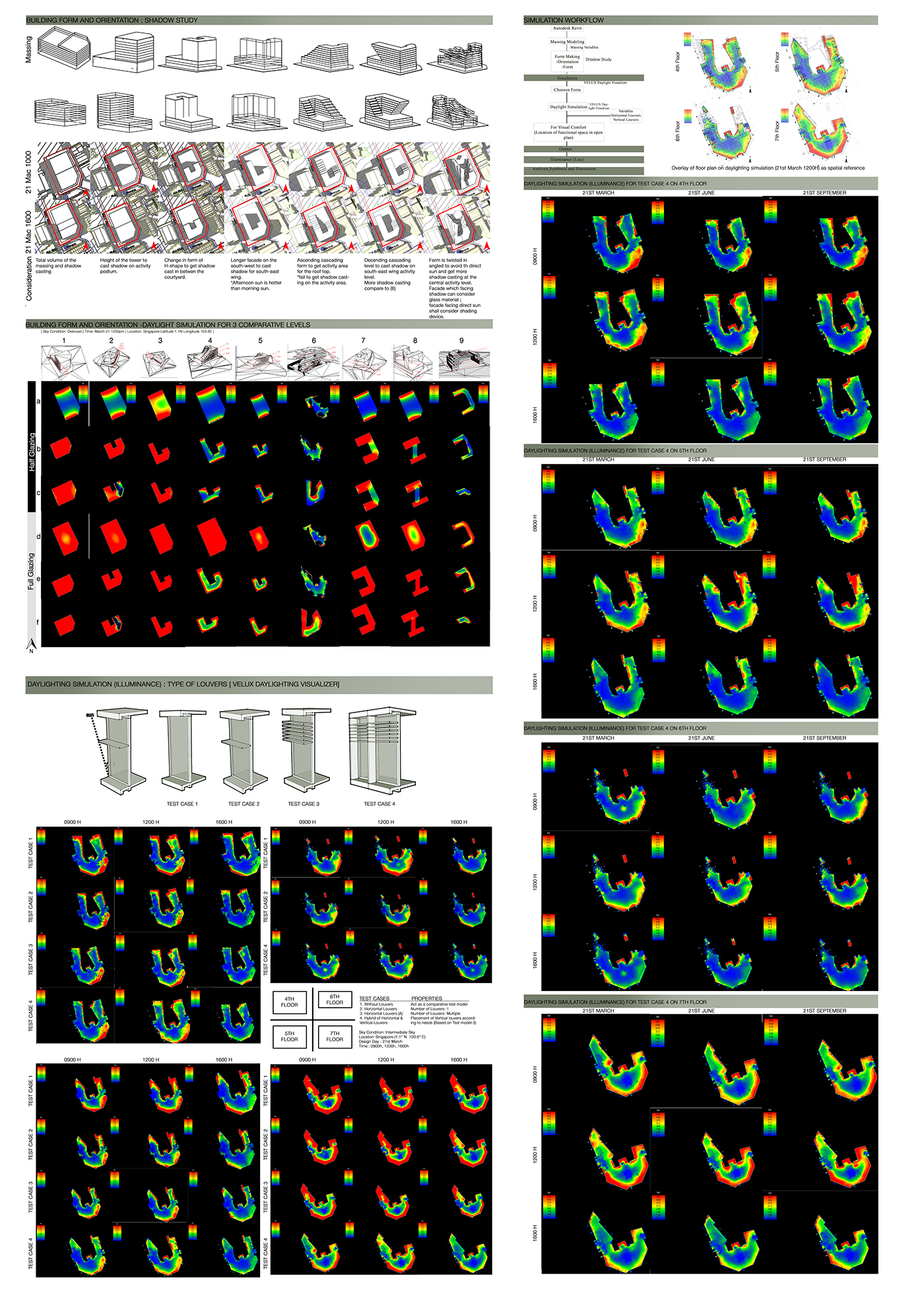











Urban sociologist Ray Oldenburg once said, “People need three types of places to achieve state of life contentment.” The three places which are connected to lives are “first place”, a home which referring for private respite; “second place”, a workplace for economic engagement and “third place”, an amorphous spaces which people used to freed themselves from daily chaos and reaffirming the social bonds and community identities (Mortice, 2016). There used to be a clear separation between work-life but not for now anymore.
In fact, the average workspace for the workers is shrinking nowadays due to higher real estate’s costs and a shift in the technology. The younger tech-savvy of Generation Z have become more mobile with remote technology. Workplace continue to change rapidly with the development of innovative communication method, application of virtual reality in workplace, e-market improvement and alternative work patterns (Challenger, 2000). The structure of work have been changing from hierarchy organization to a knowledge-based work environment. This phenomenon bring to a new working environment whereby there is no need for large fixed workstations for individual; they can easily work at places other than the office or co-working, whereby different party typically share equipment in the same space. These smaller and flexible used space bring less impact to the environment with smaller carbon footprint and multifunctional use of the same space.
Therefore, what makes a good office for the modern office worker? A good control in the indoor environment quality. A healthy and productive workplace not only satisfying the rating tools and scoring high marks at the outset, but one that could bring nature indoors and allow the adaptability of the workers in control of the workplace environment (Lim, 2013).
Indoor Environmental Quality (IEQ) is a general indicator of the quality of conditions inside a building. A balance between thermal comfort, indoor air quality, visual comfort and acoustic comfort are the key to achieve a good indoor environmental quality.
Amongst the four elements, the most critical influencing factor for the worker to stay or leave the place is the amount of daylight that they receive at the workplace. An office building need sufficient amount of daylight to ensure visual comfort of the occupants. Not to left out the nature of daylight and the heat transmitted will bring affect to the thermal comfort of the space and the air quality (to kill the germs) as well. Therefore, the design should look into the way to capture sufficient amount of the daylight at the same time avoid excessive heat and glare from the sunlight.
This design intends to discuss day lighting performances in working environment. In a recent research done by Regus, work was considered to be the main source of stress for workers in Asia-Pacific, with China having the highest increase in work-related stress among the world’s top 50 economies whilst Malaysia having 57% respondents indicating work as the primary trigger of stress (Asia, 2012). The rapid pace of urbanization providing optimal economy growth and working opportunity in a city, however, retaining happy, healthy and productive employees are challenges and a priority.
Therefore, the objective of the study is to identify the design strategy for achieving good daylight performances in working environment. The proposed office building is located at Johor Bahru with Latitude 1.4927° N and Longitude 103.7414° E. Day lighting simulation will be carried out in typical office floor with a variation of building envelopes (types of louvers) to identify the optimal day lighting condition for working area.
Asia, N. (8 October, 2012). Work is main source of stress for Asia-Pacific workers. Retrieved from Network World Asia: https://www.networksasia.net/article/work-main-source-stress-asia-pacific-workers-1349658600
Challenger, J. A. (2000). 24 trends Reshaping the Workplace. The Futurist, 35-41.
Lim, C. (2013). Future Arc : The Good Office: Beyond Checklists and Rating Tools. Singapore: BCI Asia Construction Information Pte Ltd.




